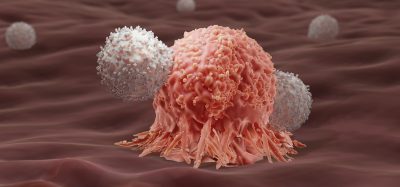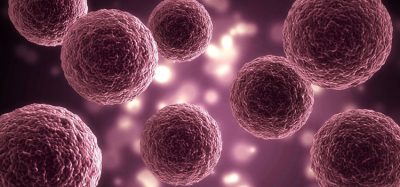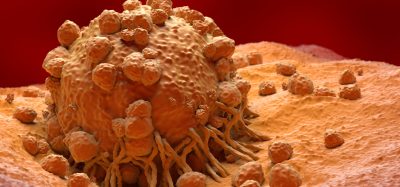Scientists uncover new insights into rare childhood liver cancer
Posted: 3 May 2023 | Izzy Wood (Drug Target Review) | No comments yet
Researchers from the Netherlands have utilised organoids and the CRISPR-Cas9 “molecular scissor” system to better understand the features and biology of fibrolamellar carcinoma (FLC), a rare type of liver cancer that affects adolescents and young adults.

Scientists at the Princess Máxima Centre for Paediatric Oncology and the Hubrecht Institute, Netherlands, have made a significant breakthrough in understanding the features of fibrolamellar carcinoma (FLC), a rare type of childhood liver cancer. In a new study published in Nature Communications, researchers used human organoid models and the CRISPR-Cas9 gene editing tool to gain insights into the biology of the tumours and the possible cell-of-origin of one of the FLC tumour types. The study’s findings could help pave the way for developing new drug therapies for FLC.
FLC is a rare liver cancer that predominantly affects adolescents and young adults, with only one in five million people per year being affected. The survival rate for FLC is low, and there is a great need for new forms of treatment.
Dr Benedetta Artegiani, research group leader at the Princess Máxima Centre for Paediatric Oncology, and Dr Delilah Hendriks, researcher at the Hubrecht Institute, co-led the new study on FLC using innovative technologies. They used healthy human liver organoids, mini-livers grown in the lab, and a series of organoids, all with different DNA mutations that had previously been linked to FLC. Using CRISPR-Cas9, the researchers were able to change the genetic background of the organoids to study the biology of the tumours.
It was found that different genetic mutations underlie different degrees of aggressiveness in FLC tumours. The organoids contained the mutant fusion gene DNAJB1-PRKACA, which is commonly found in FLC tumours. They discovered that while this single mutation caused a mild effect on the overall cellular and molecular behaviour of the liver cells, introducing another set of DNA changes, also found in patients with FLC, led to the organoids presenting features typical of an aggressive cancer. This suggests that different genetic FLC backgrounds lead to different degrees of tumour aggressiveness.
The researchers also uncovered the probable cell-of-origin in FLC, which has been particularly difficult to identify due to the tumours presenting features of both hepatocytes and ductal cells, the two most important cells in the liver. Using the organoid models, they were able to uncover that the hepatocytes are the probable cell-of-origin.
The study’s findings greatly advance the understanding of FLC and pave the way for further research on how to better treat this rare cancer type. The insights into genetic defects could potentially lead to new therapies for children with this disease. The study’s findings could also help to better understand tumour heterogeneity and response between patients in the future.
Related topics
CRISPR, Gene Therapy, Oncology, Organoids
Related conditions
fibrolamellar carcinoma (FLC), Liver cancer
Related organisations
Princess Máxima Centre for Paediatric Oncology, the Hubrecht Institute
Related people
Dr Benedetta Artegiani







